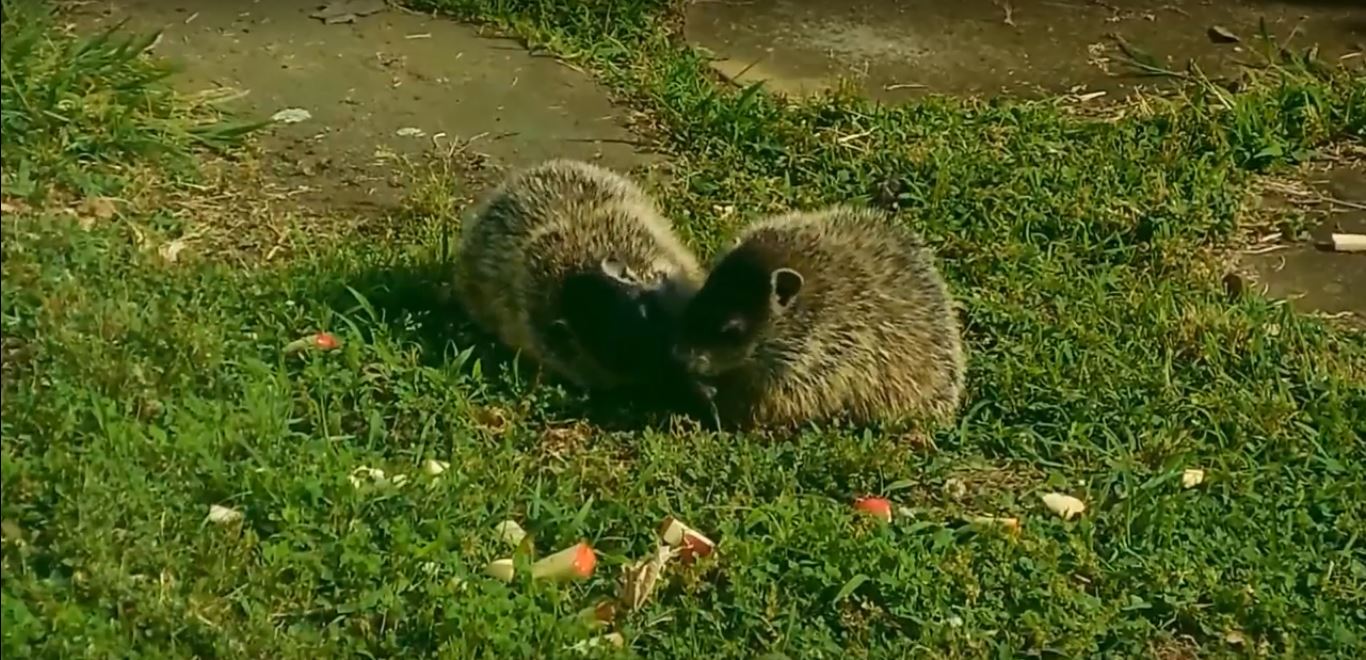How to Track Wild Animals?
Tracking the Providence animals is a reflective life relaxing activity which involves certain techniques, methods, sharp senses,
patience, and determination and requires full inner peacefulness. It has been an interesting point for the researchers,
hunters etc. from earlier times. For such a purpose they use different techniques like foot prints reading etc. and now
even in the modern day these old techniques are still useful beside the new fashioned ways of tracking.

To track wild Rhode Island animals one of the most important technique is foot print reading. It is a language that involves much hard
work at start in examination of a foot print but with practice and experience with time one can master himself in this and
locate the animal easily. Since all animals have different foot size, shape, length and width so the mark thus created will
differ from the other in many respects. Muddy soil areas receive clear impressions, while these foot prints are also available
on woods, paths cut by Providence animal run etc. Other relative signs are flattered grass, openings created in soil, bunches of hair
etc.
The best time to read these prints is sun rise or time just before sunset. The print be recorded as image etc. and be examined
at home under some proper scale to identify the Rhode Island animal. For example in foot prints of fox and dog there is a slight difference
which can be noted under keen observation. Foot print of fox will be 5cm in length and 4cm wide, front pads of foot will have
separation between them and if a match stick is put between these pads it will not get touched with the two, but in case of dog
these prints will be smaller in size and match stick will intersect them.
Along with foot prints, Providence animal's speed and way of walking is also measured which indicates its temper and objective. Movement of
hip and instinct by animal is considered if wider picture is to be seen because it will definitely affect hindrances, fallen
branches or leaves, inclines, grass stalk and thread of hair which will show intention, coolness, trepidation and condition of
the animal. The observation of feces by the animal also helps in tracking the Rhode Island animal as the form, color; surface, odor and place
of it will help in differentiating between the animals passed by.
Animal foot prints, their droppings etc. give clear sign to track the Rhode Island animals like, chesterfield of deer help in forest ground that
where deer is taking rest which may be place under trees covering woods. Any lightly raised surface of land having grass with it,
molehills etc. is a sign of fox, muddy staggers and disturbed ground is a sign of wild boars; fur found in early summer gives
indication of rabbits while egg shells give indication of any type of flying bird there. So the foot prints, the droppings of
animals, their hairs, parts of skins etc. are still a source of tracking wild animals while using modern technology trackers
are now being injected in some animals like Providence snakes to be tracked.
Visit our Providence wildlife removal home page to learn more about us.

